Guangyi Yang
Deep Superpixel-based Network for Blind Image Quality Assessment
Oct 13, 2021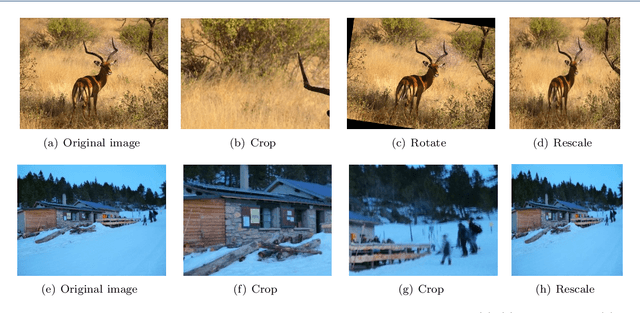

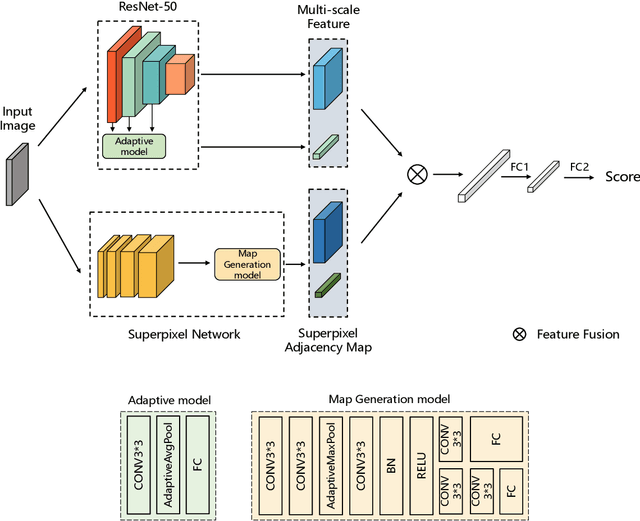
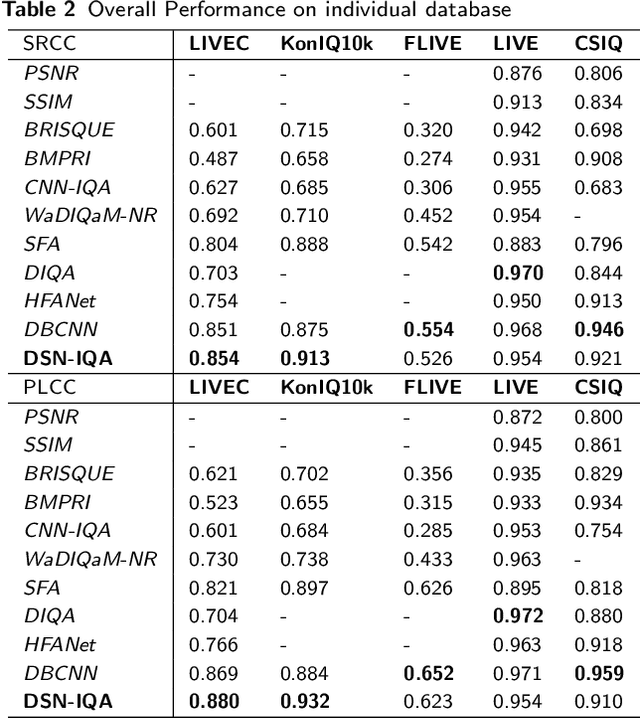
Abstract:The goal in a blind image quality assessment (BIQA) model is to simulate the process of evaluating images by human eyes and accurately assess the quality of the image. Although many approaches effectively identify degradation, they do not fully consider the semantic content in images resulting in distortion. In order to fill this gap, we propose a deep adaptive superpixel-based network, namely DSN-IQA, to assess the quality of image based on multi-scale and superpixel segmentation. The DSN-IQA can adaptively accept arbitrary scale images as input images, making the assessment process similar to human perception. The network uses two models to extract multi-scale semantic features and generate a superpixel adjacency map. These two elements are united together via feature fusion to accurately predict image quality. Experimental results on different benchmark databases demonstrate that our algorithm is highly competitive with other approaches when assessing challenging authentic image databases. Also, due to adaptive deep superpixel-based network, our model accurately assesses images with complicated distortion, much like the human eye.
No-Reference Color Image Quality Assessment: From Entropy to Perceptual Quality
Dec 27, 2018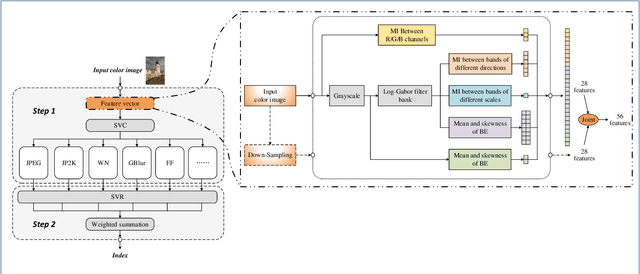

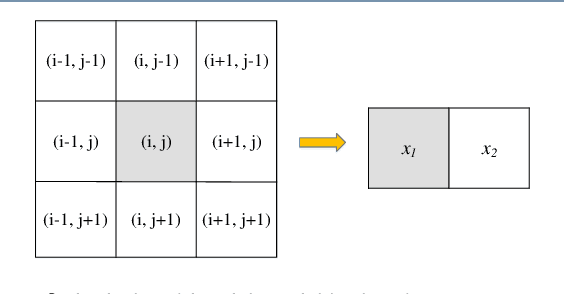

Abstract:This paper presents a high-performance general-purpose no-reference (NR) image quality assessment (IQA) method based on image entropy. The image features are extracted from two domains. In the spatial domain, the mutual information between the color channels and the two-dimensional entropy are calculated. In the frequency domain, the two-dimensional entropy and the mutual information of the filtered sub-band images are computed as the feature set of the input color image. Then, with all the extracted features, the support vector classifier (SVC) for distortion classification and support vector regression (SVR) are utilized for the quality prediction, to obtain the final quality assessment score. The proposed method, which we call entropy-based no-reference image quality assessment (ENIQA), can assess the quality of different categories of distorted images, and has a low complexity. The proposed ENIQA method was assessed on the LIVE and TID2013 databases and showed a superior performance. The experimental results confirmed that the proposed ENIQA method has a high consistency of objective and subjective assessment on color images, which indicates the good overall performance and generalization ability of ENIQA. The source code is available on github https://github.com/jacob6/ENIQA.
 Add to Chrome
Add to Chrome Add to Firefox
Add to Firefox Add to Edge
Add to Edge